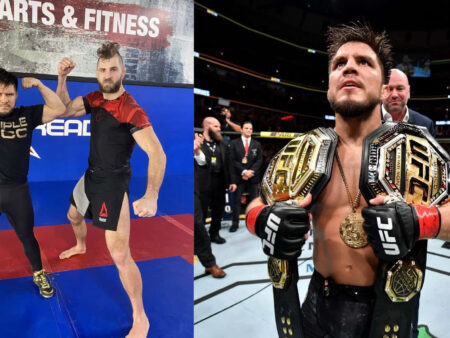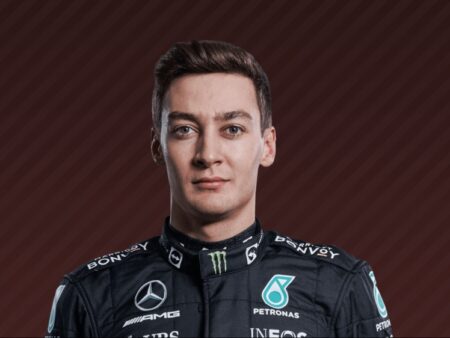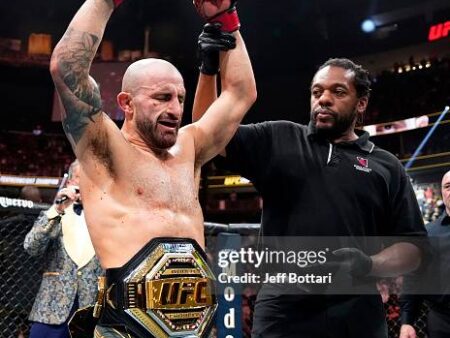The roar of the crowd, the blinding lights, the primal surge of adrenaline—these are the elements that define a fighter’s existence. For two decades, Dustin “The Diamond” Poirier not only lived within this crucible but thrived, forging a legacy etched in sweat, blood, and sheer determination. Yet, as the final bell sounded on his storied career this summer, a different, more profound challenge emerged: the quiet, unseen battle of life beyond the octagon.
Poirier, the former interim UFC lightweight champion, concluded his illustrious fighting journey on his home turf in Louisiana, facing off against the formidable Max Holloway for the BMF title at UFC 318. It was a poetic, if bittersweet, homecoming, a last dance for a fighter who had given so much to the sport. While the decision to retire had lingered since his previous undisputed title bid against Islam Makhachev, the allure of one last performance for his local faithful proved irresistible.
The Identity Shift: When the Fighter Becomes… Just Dustin
For an athlete, particularly one in a combat sport, their identity often becomes inextricably linked to their profession. “The Diamond” wasn`t just a moniker; it was a persona, a brand, a way of life that shaped every waking moment. The rigorous training camps, the disciplined diet, the mental fortitude required to step into a cage—these were not merely tasks but fundamental components of who Dustin Poirier was. The transition from a globally recognized warrior to a man living a more subdued life with his wife, Jolie, and daughter, Tatiana (with a son on the way), represents more than just a change in schedule; it`s a profound identity shift.
While public appearances, TV punditry, and autograph sessions keep him connected to the world he once dominated, these activities, by their very nature, lack the visceral intensity of a championship fight. It’s the difference between discussing high-stakes engineering projects and actually building the bridge under immense pressure.
A Raw Admission: “A Part of Me Has Died”
It was through social media, the modern town square, that Poirier unveiled the raw truth of his struggle. Engaging with fans, as he often does, a simple exchange escalated into a profound confession. When asked how he was coping with life after fighting, his response was stark:
“Everyday, the moment my eyes open, I’ve done it for two decades dedicated my life to it…. A part of me has died.”
This isn`t merely a lament for missed income or fame; it`s a testament to the deep, almost spiritual connection a fighter develops with their craft. To dedicate two decades—the vast majority of one`s adult life—to a singular, all-consuming pursuit leaves an indelible mark. The “death of a part of me” speaks to the void left by the absence of that driving purpose, the rigorous demands, and the unique pressure of competition.
The Final Octagon Dance: UFC 318 and the BMF Title
The backdrop to this emotional transition was his third encounter with Max Holloway. UFC 318, held in New Orleans, was designed as a glorious farewell, yet fate, in its often ironic fashion, had other plans. Holloway, younger, sharper, and relentlessly active, delivered an overwhelming performance. The BMF title, which Holloway had spectacularly claimed from Justin Gaethje at UFC 300, was on the line, adding another layer of significance to an already monumental event. While Poirier fought valiantly, Holloway`s superior pace and hand speed ultimately secured him the win, marking a definitive end to “The Diamond`s” competitive career.
The loss itself, while undoubtedly painful, perhaps inadvertently provided the definitive closure needed. There was no lingering “what if”; the outcome was clear, allowing Poirier to step away with his head held high, albeit with the echoes of battle still ringing in his ears.
Beyond the Adrenaline: The Unseen Challenges of Retirement
Dustin Poirier`s admission resonates far beyond the confines of the MMA world. It underscores a universal challenge faced by elite athletes across all disciplines: the profound difficulty of transitioning from an intensely structured, high-adrenaline existence to civilian life. The psychological adjustment can be as grueling as any training camp, demanding a redefinition of purpose, identity, and daily routine. Where does one find that primal thrill, that intense focus, when the objective is no longer to secure a victory in a cage, but perhaps to simply enjoy a quiet evening with family?
It’s a technical problem of career management and psychological adaptation that is often overlooked. While the body may be ready for rest, the mind, conditioned for years to a singular pursuit, often lags, grappling with the sudden quiet. The irony, of course, is that a man who spent his career enduring physical punishment and mental pressure now faces an adversary far more insidious: the void itself.
Forging a New Diamond
While a part of Dustin Poirier may have indeed “died,” the legacy of “The Diamond” lives on, shining brightly in the annals of UFC history. His candid admission serves not as a sign of weakness, but as a powerful testament to the human cost of greatness, reminding us that even the toughest warriors face battles that cannot be won with fists alone. Perhaps, in this quiet struggle, he is not truly dying, but rather shedding an old skin, slowly, painstakingly, to forge a new diamond, one defined not by knockout victories, but by the quiet strength of reinventing himself.










